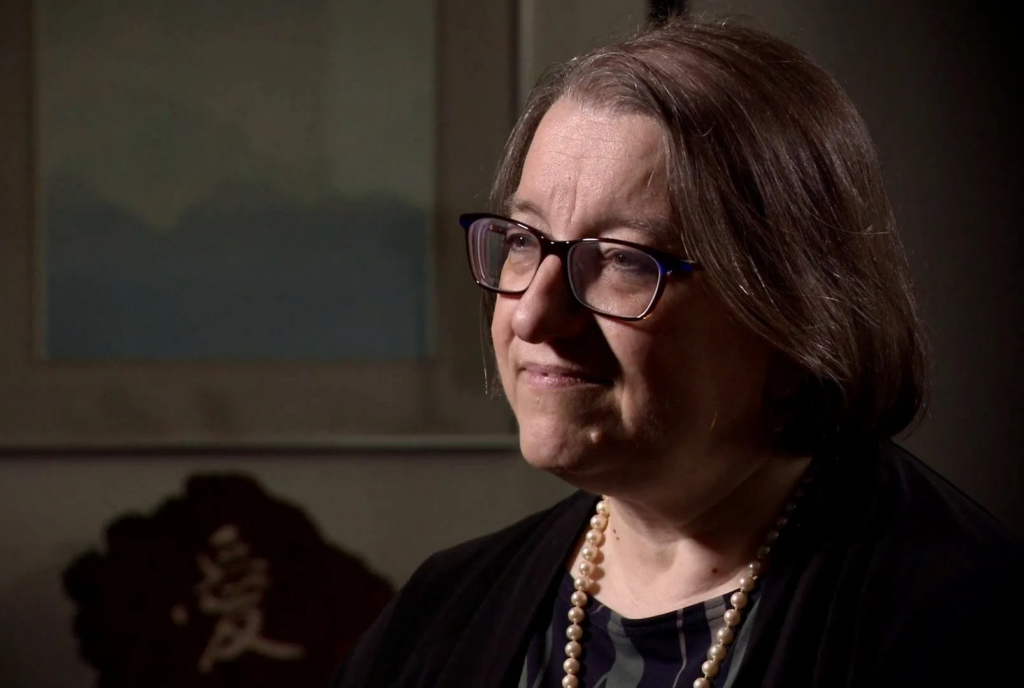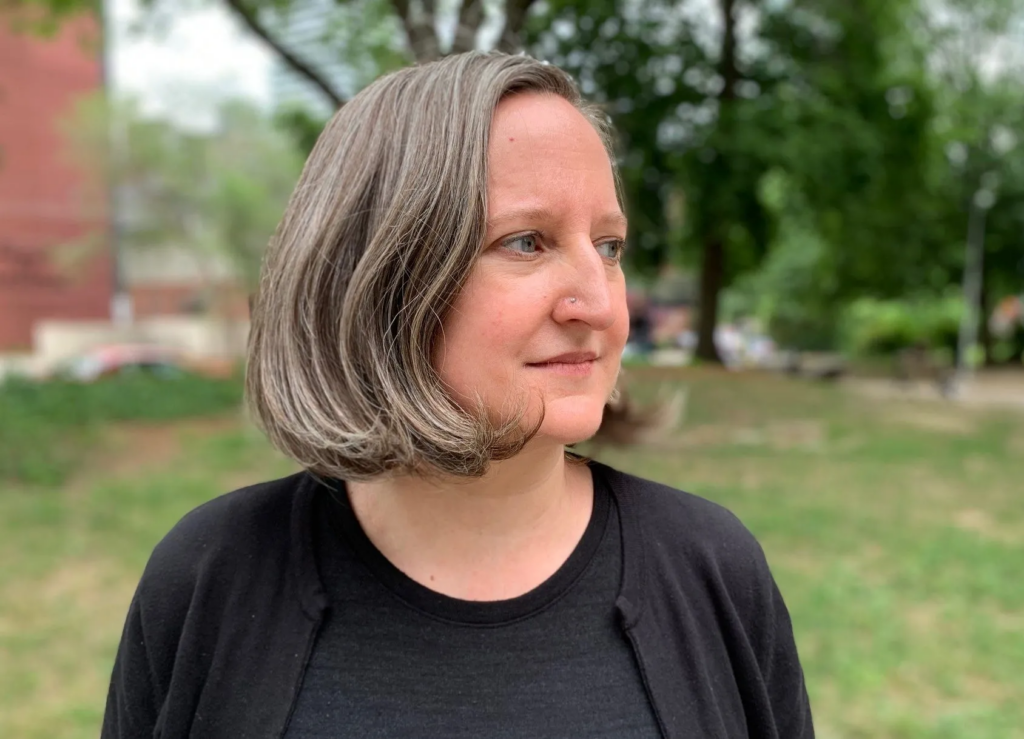Not ‘rigidly defined’: Bisexual people still fight to overcome stereotypes, stigma
To the outside world, Greg is a man’s man with a house in the suburbs and a job in the province’s energy industry. Tall and outgoing with a gruff, masculine voice, to meet him one would not immediately assume he was anything other than straight.
“As far as most people know, I’m a straight dude,” said the Alberta man in his mid-40s, whose name Global News has agreed to change because he is only open about his bisexuality in one area of his life.
“I have a wife and I have a girlfriend — because most people know about her as well.”
Greg is part of Alberta’s ethically non-monogamous, polyamorous and swinging communities and helps run a private, online community of about 3,000 like-minded people in Western Canada.
But he’s also bisexual – something that even some people in the above-mentioned sex-positive communities have had trouble accepting.
He told Global News that hearing hurtful comments about bisexual men at a party, coming from a friend he had been intimately involved with, was part of his decision to come out in that community.
“To have somebody who I had been sexually attached to, to start saying, ‘Well, I would never be with a bi guy because they’re gross and they’re promiscuous’ and all of these type of things while I’m there holding my tongue. I am one of those people, and I’m not one of those things that you’re categorizing them as.
“That was the push for me to be like, ‘OK, so if this is what people think a bisexual man is, then I’m going to try to bust that stigma.’”
He credits his relationship with his wife as the biggest reason for being comfortable with his bisexuality. They’ve been friends since kindergarten and a couple since Grade 10. Now, the polyamorous couple is in a triad relationship with another woman.

Greg, a bisexual man from Alberta who came out four years ago to his ENM Lifestyle community. Global News
“I have a sensitive side, but I was worried about the fact that in our community now I was going to be viewed feminine because of changing the tag of who I am as a sexual person,” he told Global, noting that it was “quite the opposite, actually.”
“You do you and if that makes you happy, then all the power to you and I’m happy for you — just don’t tell me that what I’m doing is wrong and we’ll be good.”
Other members of the bi community also expressed worries about how they would be viewed when coming out.
Biphobia and erasure — how stereotypes are harmful
Bisexual people can be excluded or seen as invisible within 2SLGBTQQIA+ spaces and conversations — neither straight nor gay enough for either community.
Another big assumption researchers have noted: bisexual people are sometimes assumed to be straight or gay based on the gender of the person they are currently dating or married to. This is called bi-erasure.
“Unless you are literally having multiple relationships in polyamorous community, a lot of people identify or assume people’s orientations based on the relationships they currently have,” said Elizabeth Saewyc, who is head of nursing at the University of British Columbia and has researched bisexual youth for nearly three decades.

University of British Columbia School of Nursing director and bisexual researcher Dr. Elizabeth Saewyc. Global News
“Someone can be like, ‘I’m the exact same person, but depending on who I’m dating, you know, different spaces are welcome or available to me — or not.’ And that’s a stressful and difficult thing to face,” Cheryl Dobinson, a Toronto-based researcher who is also bisexual, said.
“Some people really want to know who are you more attracted to, or what percentage, and if you’re not attracted 50/50, you’re not truly bi.”
Another challenge is people who think bisexuality isn’t valid or legitimate, Dobinson explained, saying people think “it’s people who are confused and in transition and eventually will come to a realization of being either gay or straight.”
“So it’s kind of diminishing and minimizing bisexuality.”
The same goes for pansexuality, which the ability to have an attraction to people of all genders, as opposed to more than one.
Many people also contend with biphobia, both in straight and gay communities.
“You’re not accepted in either place and that sort of biphobia may also mean that people are less willing to be in relationships with you. There’s a lot of stereotypes and a lot of misunderstanding about bisexual attractions,” said Saewyc.
“Our society isn’t really good at ambiguity and wants these rigidly defined boxes to put everybody in.”
Dobinson experienced these issues herself when she came out as bisexual. She had initially come out as a lesbian when she was 21, but after a few years realized her sexuality was more nuanced.
She says while some people in her life were supportive, others in the lesbian community questioned her second coming out.
“My straight friends and folks were like, OK, once you’re queer, it doesn’t necessarily make a whole lot of difference what flavour it is.”
But she said she was questioned by one friend in particular who struggled to accept her as bi: “We had a lot of conflict and she’d, like, really challenge that this could like exist as an identity.”

Cheryl Dobinson, a Toronto-based bisexual researcher and member of the 2SLGBTQQIA+ community. Global News
Of all the people who are part of the queer community in Canada, Dobinson said about half of them identify as bisexual. When it comes to young people, Saewyc said more queer youth identify as bisexual or pansexual than gay or lesbian.
“That’s often really surprising to folks who think that maybe bisexual is like a very tiny number or a percentage of queer population,” Dobinson said.
Everyone wants a bisexual woman — but won’t accept a bi man
There are also unique challenges between genders: Dobinson said bisexual women are sometimes fetishized, while bi men are scorned.
“There can be a very intense over-sexualization of bisexual women in particular, as kind of objects of fantasy and desire and very eroticized for sexual purposes — while at the same time not being seen as desirable as romantic or long-term partners.”
Meanwhile, Dobinson said when it comes to men, there are harmful stereotypes that bisexual men will transmit diseases between the straight and gay communities.
Avoiding being used to satisfy someone else’s sexual wish list is another minefield some bisexual people have to navigate as they seek out meaningful relationships.
Within the swinging community, single bisexual women are called “unicorns” and single bi men are referred to as a “Pegasus” because of their perceived rarity.
While there are many couples who seek to add bisexual singles to their relationships in a positive, ethical way, there are also those who go about it in a predatory manner.
“Unicorn hunting” is a term in the community for those who seek out a bi woman or man as a racy addition to their lives, sometimes in objectifying, dehumanizing ways that don’t take into consideration the single’s wishes or needs.
Another harmful stigma bi and pansexual people of all genders face: the idea they are promiscuous, untrustworthy and incapable of loyalty in relationships.
“Bisexual people and pansexual people are just as capable of having committed relationships as others are or aren’t, as the case may be,” Saewyc said.
Research shows bisexual people can and do participate in healthy, committed intimate relationships that are sometimes, but not always, monogamous.
The importance of family, friend and community support when coming out
Greg said once he came out to his lifestyle community four years ago and talked about the importance of breaking down stigmas, he was overwhelmed with support.
“It was hugely positive — like, massively positive,” Greg said. “Other men within our community reaching out and saying, ‘Wow, I’ve wanted to say that for years.’
“We’re trying to knock down some of the stereotypes or the stigmas that are attached to guys that are considered bisexual. That was the biggest part for me.
“Some of the positive messages that I received from other guys by far exceeded any fear that I had in speaking my truth.”

Kayla Christenson, 34, is pansexual and the director of communications at Pflag Canada. Supplied
Pflag Canada is a volunteer-run national organization with more than 40 chapters across Canada that provides education and resources for family and friends of queer people.
It’s a place for parents, in particular, to learn how to be the best ally for their children, said Pflag’s director of communications, Kayla Christenson, 34, who is pansexual.
Her sister is also queer and said her parents didn’t have other friends who could relate.
“As a queer person who has parents that have gone through two kids coming out, I think it’s really helpful to meet other parents who understand.”
Christenson said she knew she wasn’t straight, but didn’t have the language to articulate how she identified until she was an adult.
“I had a hard time feeling like I could find a small corner of space in the queer community to feel like, ‘Hello, I’m here and I’m queer, and like, please believe me!’”
Christenson said more representation in movies, television, music and other mass media has helped validate the existence of 2SLGBTQQIA+ individuals.
Greg, Christenson, Dobinson and Saewyc all agreed, saying there are more supports now than ever before for people to come out.
Greg says everyone should live to their own comfort level and for him, that means he doesn’t feel the need to tell the entire world what happens behind closed doors with consenting adults.
For that reason, he is not open about his bisexuality with the general public.
“I’m proud to be part of the LGBTQ+ community and I’m happy to be a part of it,” Greg said.
“But for me, it doesn’t need to be shouted from the rooftops. It was just shouted from the rooftop where it mattered.”
Poor health outcomes among bisexual people show there’s room for improvement
While Greg and his wife had an overall positive coming out experience, not everyone is so lucky.
Research in Canada has shown bisexual people have worse health outcomes, in particular mental health outcomes, than people who identify as either gay or straight.
“Research from the Canadian Community Health Survey showed quite dramatically higher rates of suicidality for both bisexual men and women compared to gay men and lesbians, who had higher rates than heterosexual folks. But bisexuals by far had the highest rates,” Dobinson said.
“There’s certainly research showing higher rates of anxiety and depression, as well as higher rates of sexually transmitted infections for bisexual men and women compared to gay men and lesbians.”
While society has made strides towards inclusivity, Saewyc said young people are still facing harassment in schools across Canada — but a close support network can help.
“If you’re being bullied or rejected or experiencing violence, but you’ve got friends and supportive family or supportive schools, then this actually helps sort of buffer that.”
She added that symbols of community visibility such as rainbow sidewalks and Pride celebrations do make a difference for young people.
Better education for health-care providers is an area where improvement could be made, Dobinson said, adding her research has found consistently that bisexual people want their doctors to recognize their existence as a standalone sexual identity. She said some in health care don’t understand that biphobia in gay and lesbian communities exists.
“Referring to a queer organization, space or group, it doesn’t necessarily mean it’s welcoming to bi folks,” Dobinson said.
“It’s good for them to know how inclusive these spaces are, to have training around the kinds of health disparities and barriers that bi people face.”